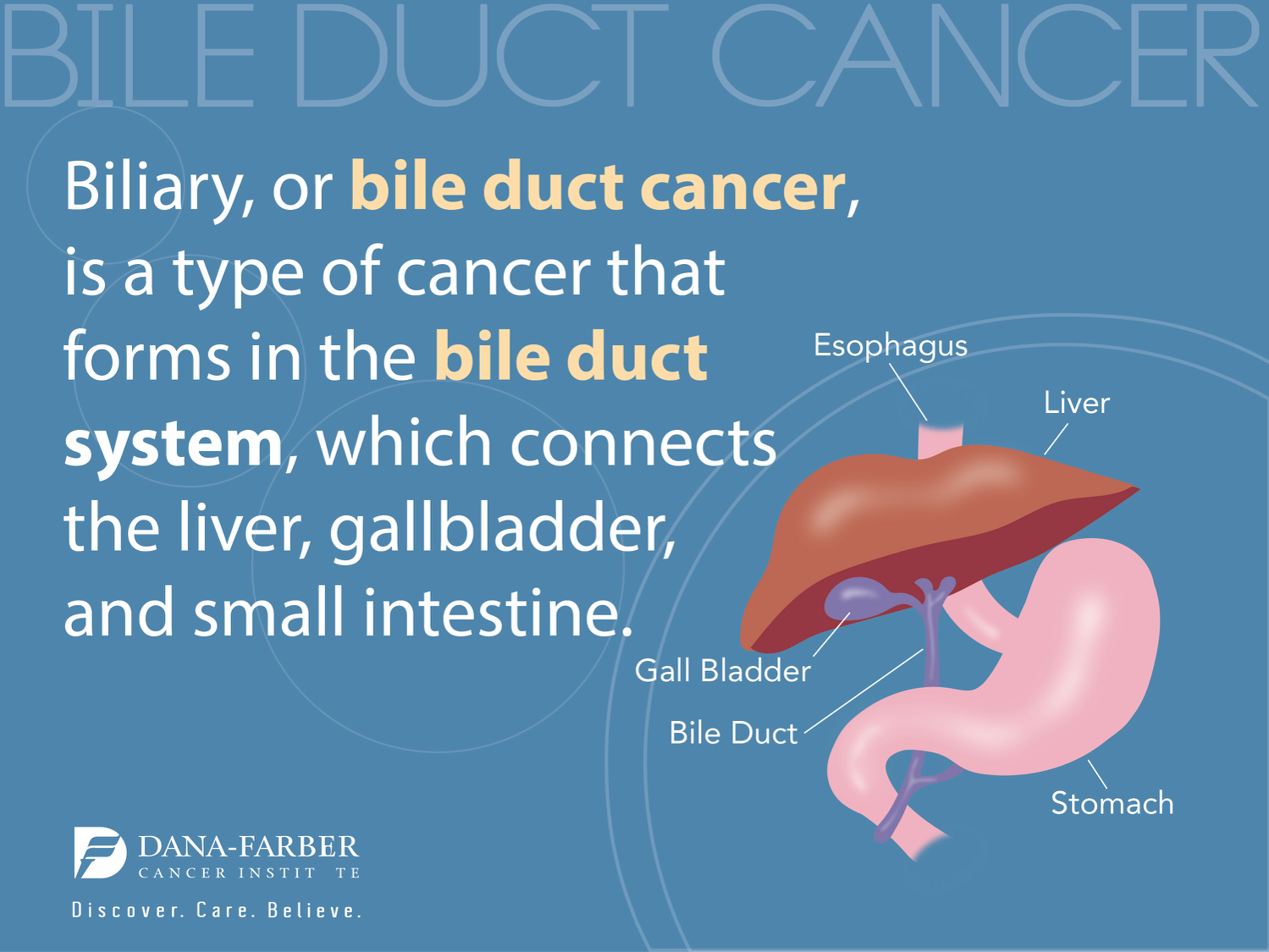Bile imbalance is not just a digestive concern; it is intricately linked to liver cancer, particularly hepatocellular carcinoma (HCC), the predominant type of liver cancer. Recent research highlights the significance of bile acids, produced by the liver, as they play a critical role in governing liver health and metabolic processes. When these bile acids are disrupted, it can trigger a cascade of liver diseases that pave the way for more serious conditions, including liver cancer. This new understanding of the bile acids and liver health relationship provides fresh perspectives on potential liver cancer treatment strategies. By exploring the molecular mechanisms involved, including the YAP and FXR relationship, researchers are making strides in liver disease research that may revolutionize therapeutic interventions.
The issue of bile acid imbalance extends beyond mere fluctuations in digestive health; it serves as a key indicator of underlying liver conditions, including liver malignancies. Recent studies have uncovered a nuanced correlation between disrupted bile metabolism and the development of hepatocellular carcinoma, the most common liver cancer type. As bile acids function not only in digestion but also in metabolic regulation, their imbalance can signal deeper health problems. Additionally, the interaction between crucial molecules such as YAP and FXR in this context sheds light on the pathways leading to liver dysfunction and cancer progression. Understanding these intricate relationships can guide innovative treatment avenues in liver disease management.
Understanding Bile Imbalance and Its Link to Liver Cancer
Bile imbalance plays a critical role in the onset of liver diseases, most notably hepatocellular carcinoma (HCC), the predominant form of liver cancer. Bile acids, synthesized in the liver, not only aid in the digestion of fats but also serve as crucial regulators of metabolic functions. In the latest research, we see how a disruption in the regulation of bile acids can lead to serious liver conditions, including inflammation and fibrosis, which eventually escalate to liver cancer. Maintaining proper bile acid levels is essential not only for digestive health but also for preventing the progression of liver disease.
The study led by Yingzi Yang at Harvard School of Dental Medicine highlights the intricate relationship between bile acids and liver health, unraveling how imbalances can trigger a cascade effect leading to liver cancer. The research emphasizes the role of specific molecular pathways, such as Hippo/YAP, which illustrate the connection between bile acid metabolism and tumor formation. Understanding these mechanisms opens new avenues for liver cancer treatment, targeting the pathways that regulate bile acid levels to mitigate injury and prevent cancer progression.
Research Insights into Bile Acids and Liver Health
Recent studies have focused on the significant roles of bile acids beyond their traditional understanding as digestive agents. They are now viewed as vital players in cellular signaling that maintains liver homeostasis. Disruptions in bile acid metabolism, as identified in emerging liver disease research, can lead to liver injuries that predispose individuals to conditions like hepatocellular carcinoma. For instance, the findings regarding the role of YAP, which impedes FXR function, suggest that therapeutic strategies could be designed to restore the balance of bile acids and suppress tumorigenesis in the liver.
Moreover, the examination of how bile acids function as hormones influencing various metabolic pathways presents an exciting frontier in understanding liver health. The interactions between bile acids and signaling pathways, like those governed by FXR, could pave the way for innovative treatment interventions for liver cancer. By focusing on how bile acids regulate cellular processes, researchers can develop effective methods for enhancing liver function and potentially reversing damage caused by diseases such as HCC.
Molecular Mechanisms of Bile Acid Metabolism in Liver Cancer
The relationship between bile acid metabolism and liver cancer is fundamentally tied to the regulation performed by specific proteins and signaling pathways. The study reveals how the YAP protein acts as a repressor of FXR, leading to an overproduction of bile acids that can cause liver inflammation and tumors. This intricate balance highlights the potential for molecular interventions that could correct bile acid dysregulation, ultimately preventing or treating liver cancer. Enhancing FXR functionality could serve as a therapeutic strategy to mitigate the adverse effects of bile accumulation in liver tissues.
Furthermore, understanding the interplay between YAP and FXR provides a basis for developing targeted therapies that can fine-tune bile acid levels within the liver. By inhibiting the repressive actions of YAP or promoting bile acid excretion, researchers foresee a pathway to stop the disease cycle before it culminates in liver cancer progression. Advancements in liver disease research continue to shed light on these molecular mechanisms, opening new doors for innovative pharmacological solutions aimed at liver cancer treatment.
The Role of YAP and FXR in Liver Cancer Pathogenesis
Recent findings emphasize the crucial roles of the YAP and FXR proteins in the pathogenesis of liver cancer. While YAP is often associated with promoting cell growth, its involvement in bile acid metabolism presents a more complex picture. By inhibiting FXR, YAP disrupts normal bile acid regulation, leading to their accumulation in the liver, which is detrimental. Understanding this unique relationship is key to unraveling the challenges in treating hepatocellular carcinoma, as it highlights potential intervention points for therapeutic development.
The discovery that YAP acts contrary to its expected role by affecting bile acid homeostasis provides a nuanced perspective on liver cancer mechanisms. This insight suggests that targeting the FXR-YAP axis could offer novel therapeutic strategies. By enhancing FXR activity or diminishing YAP’s influence, researchers could potentially prevent the transformation of liver cells into malignant tumors, providing a pathway for effective liver cancer treatment.
Advancements in Liver Disease Research and Treatment
The field of liver disease research has seen significant breakthroughs that inform our understanding of conditions like hepatocellular carcinoma (HCC). The intersection of bile acid metabolism with cancerous developments has led to a better understanding of how liver health is maintained and how disruptions can result in severe diseases. The ongoing research into molecular pathways involved in bile production and metabolism continues to unveil new insights that could transform the landscape of liver cancer treatment.
Innovations in liver disease treatment stemming from these research advancements focus on enhancing the liver’s ability to regulate bile acids effectively. For instance, strategies that promote FXR function or modulate the actions of YAP are currently in focus, aimed at preventing the cascade of events leading to liver injury and cancer progression. With continued investment in understanding these mechanisms through research, we can anticipate more effective therapies that improve outcomes for individuals facing liver cancer.
Future Implications for Liver Cancer Treatment
The research identifying the YAP and FXR relationship has far-reaching implications for future strategies in liver cancer treatment. With a clearer understanding of how bile acid imbalances contribute to cancer development, medical researchers can develop pharmacological interventions aimed at restoring balance and homeostasis in bile acid levels. This understanding signals a shift in treatment approaches, focusing not just on treating the cancer itself but also correcting the underlying metabolic disruptions that facilitate the disease.
As we move forward, the integration of insights from liver disease research into clinical practice is crucial. The goal is to translate molecular findings into actionable therapies that can improve patient outcomes. By harnessing the knowledge of bile acids and their interplay with cancer pathways, we can design more effective, targeted treatments for hepatocellular carcinoma and possibly other liver-related diseases.
Molecular Pathways in Liver Cancer: Hippo/YAP Signaling
The Hippo/YAP signaling pathway is increasingly recognized for its role in liver cancer biology. This pathway, which manages cell growth and organ size, has significant implications for how liver cells respond to bile acid levels. Previous studies have shown that YAP’s dysregulation can lead to liver inflammation and the eventual onset of hepatocellular carcinoma. This understanding urges a closer examination of the molecular mechanisms involved, providing insights that could inform therapeutic developments.
Understanding how Hippo/YAP signaling intersects with bile acid metabolism opens doors for novel interventions. By exploring how this pathway can be modulated to favor liver health, researchers aim to identify new strategies for preventing liver cancer. The ongoing investigation into the effects of YAP on FXR and bile acids could eventually lead to treatments that not only focus on cancer but also restore proper metabolic functions, enhancing the overall health of the liver.
Integrating Bile Acid Research into Clinical Applications
The ongoing research about bile acids and their connection to liver cancer underscores the need for clinical applications that leverage these findings. As understanding deepens about how bile acids affect liver health and tumor development, new diagnostic tools and treatments can be created. For instance, the ability to measure bile acid levels may serve as a biomarker for assessing liver damage or cancer risk, providing clinicians with better methods for early detection.
Additionally, treatments focused on normalizing bile acid levels can potentially reduce the incidence of hepatocellular carcinoma. Integrating research findings into clinical practice not only enhances our approach to liver cancer but also aims at improving overall liver health. As we continue to unravel the complexities of bile acids in liver disease, the focus will be on translating basic research into effective therapies that can change patient outcomes significantly.
The Impact of Understanding Bile Acid Dynamics on Liver Health
The dynamics of bile acid production and metabolism are critical to maintaining liver health and preventing diseases such as hepatocellular carcinoma. Understanding these dynamics means recognizing how bile acids function both in digestion and as signaling molecules that influence metabolic pathways. Recent studies underscore that an imbalance in bile acids leads to inflammation, fibrosis, and potentially cancer, spotlighting the necessity of regulating bile acid levels for optimal liver function.
By gaining insights into bile acid dynamics, researchers can shape therapies aimed at not only addressing liver cancer but also enhancing overall liver health. Efforts to restore balance through pharmacological agents targeting FXR or modulating YAP’s actions signify a multi-faceted approach to liver disease treatment. This burgeoning focus on bile acids represents a pivotal shift in how we approach liver health, reinforcing their importance as a biomarker for both disease and recovery.
Frequently Asked Questions
How is bile imbalance linked to liver cancer?
Bile imbalance can lead to liver cancer, particularly hepatocellular carcinoma (HCC), by causing liver injury and inflammation. A recent study identified a crucial molecular switch that affects bile acid regulation, highlighting how disruption in bile homeostasis can trigger cancer development.
What role do bile acids play in liver health and cancer?
Bile acids are essential for proper liver function as they help digest fats. However, an imbalance in bile acids can disrupt hormonal signaling, leading to liver diseases such as HCC. Maintaining bile acid homeostasis is crucial for preventing liver cancer.
What is the relationship between YAP and FXR in liver cancer treatments?
YAP (Yes-associated protein) and FXR (Farnesoid X receptor) are key players in bile acid metabolism. YAP can repress FXR, leading to bile acid overproduction and liver cancer. Targeting this relationship may offer new pharmacological strategies for liver cancer treatment.
What are the potential treatments for liver cancer related to bile imbalance?
Researchers suggest that enhancing FXR function or promoting bile acid excretion could mitigate liver damage and cancer progression. Therapeutic interventions targeting YAP activity may also provide novel treatment pathways for liver cancer arising from bile imbalance.
What is hepatocellular carcinoma and how is it associated with liver disease?
Hepatocellular carcinoma is the most common type of liver cancer, often arising from chronic liver diseases caused by factors like bile imbalance. Understanding the mechanisms that lead to HCC can improve prevention and treatment strategies.
Why is understanding bile acids important in liver disease research?
Research into bile acids is vital as their dysregulation can contribute to liver diseases, including HCC. Insights into bile metabolism may lead to breakthroughs in treatment options for those affected by liver cancer and other liver diseases.
How does the Hippo pathway relate to bile acids and liver cancer?
The Hippo pathway, which includes YAP, regulates cell growth and metabolism. Disruption of this pathway can lead to bile acid imbalance and promote liver cancer. Researching this relationship could enhance understanding of liver disease mechanisms.
What recent discoveries have been made regarding bile acids and liver cancer therapies?
Recent studies have uncovered the role of bile acids in liver cancer, revealing potential therapies that focus on enhancing FXR activity and blocking YAP’s repressive functions. These findings could lead to new pharmacological treatments for liver cancer.
| Key Points |
|---|
| Bile imbalance linked to liver cancer and liver diseases, particularly hepatocellular carcinoma (HCC). The study identifies a molecular switch crucial for treatment interventions. |
| Bile acids are produced by the liver to aid fat digestion and influence metabolic processes as hormones. |
| Research led by Yingzi Yang discovered the YAP protein’s role in bile acid metabolism and tumor formation despite its expected role in promoting cell growth. |
| YAP represses FXR (Farnesoid X receptor), a key regulator of bile acid homeostasis, leading to an overproduction of bile acids that can result in liver cancer. |
| Potential treatments involve blocking YAP’s repressive activities or enhancing FXR function to prevent liver damage and cancer progression. |
| The research was conducted at the Harvard School of Dental Medicine and its findings could lead to new pharmacological treatments. |
Summary
Bile imbalance and liver cancer are critically linked, as a recent study has shown that disruptions in bile acid production can trigger severe liver diseases, including the prevalent hepatocellular carcinoma (HCC). This discovery highlights the importance of understanding bile metabolism in liver function and cancer treatment. Identifying the molecular mechanisms involved, such as the role of the YAP protein in regulating bile acid levels, opens new avenues for therapeutic interventions that could help mitigate liver cancer progression. As researchers continue to explore these pathways, there’s hope for developing effective treatments aimed at restoring bile balance and combating liver cancer.




